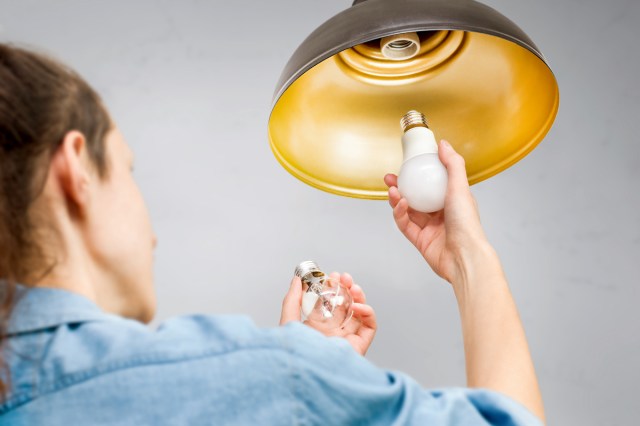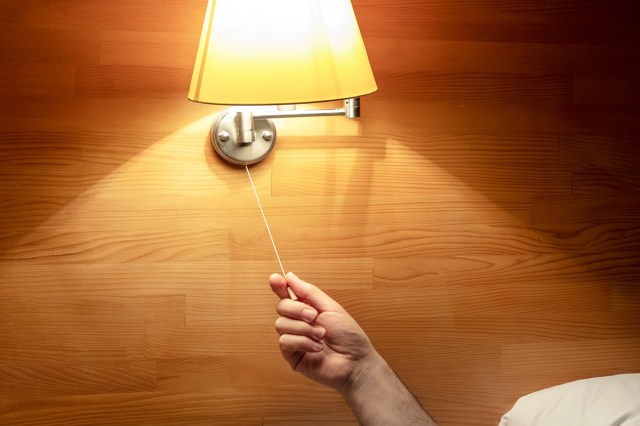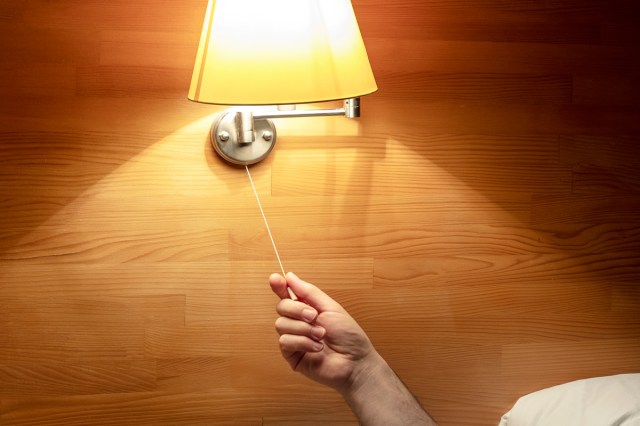Growing up, you were probably reminded — if not scolded — for leaving the lights on after you left a room: “You’re wasting money and energy!” While yes, it is true that turning the lights off will help reduce your electricity bill, does the same go for energy? And if so, are you really saving that much to make an impact? Like many questions in life, the answer is complicated, and it all comes down to one thing: your light bulbs.

Different Light Bulbs Use Different Kinds of Energy
Several kinds of light bulbs are available on the market, all with various energy usage.
• Incandescent: These light bulbs produce light by producing heat and are the least efficient. About 90% of their energy gives off heat, and only 10% gives off light. Incandescent lights should be turned off every time you leave a room as they will continue to heat the room, wasting energy to cool it down.
• LED: LED lights are where it’s at. These are the most cost and energy-effective bulbs because the heat they create to light a room is absorbed into the bulb itself rather than put into the environment. They use about 75% less energy than incandescent bulbs, meaning their wattage is much less, and you can leave them on all day.
• Fluorescent: Also called CFL (compact fluorescent lamps), these bulbs are relatively efficient and primarily used in commercial buildings. However, turning them on and off reduces their lifespan, so there’s a limited number of times they can go on and off due to the amount of energy they spend being turned on in the first place. You should turn off fluorescent lights if you plan to leave a room for longer than 15 minutes, but otherwise, it’s okay to leave them on.

How to Calculate Energy Savings
You can quantify how much energy (and money) you are losing by leaving the lights on. There are a few factors to consider:
• The wattage of your bulbs. This is located on the light bulb’s box and often on the actual bulb.
• A rough estimate of how long the lights were on without someone in the room.
• How much your energy company charges per kilowatt-hour (kWh). This information can be found on your monthly bill.
Next, calculate how much energy and money you could save by turning the lights off.
• Divide your bulb’s wattage by 1,000 to determine how many kilowatts are used each hour. (Ex: 50 watts / 1000 = .05 kilowatts per hour)
• Multiply that number by the kWh price to determine how much each light bulb costs per hour. (Ex: .05 x .10 = .005 cents per hour)
Now that you know those numbers, figuring out how much energy and money you’re wasting by not turning off the lights is simple. For example, if you leave one 50-watt bulb on for four hours, you are wasting .2 kilowatts (.05 x 4) and .02 cents (.2 x .10). If you continue this pattern for 30 days, you are wasting 6 kilowatts (.2 x 30) and .6 cents (.02 x 30). Conversely, if you turn that lightbulb off for those hours, you will save energy and money.
Featured Image Credit: deteetarkan/ iStock
More From Our Network
Better Report is part of Inbox Studio, which publishes content that uplifts, informs, and inspires.













